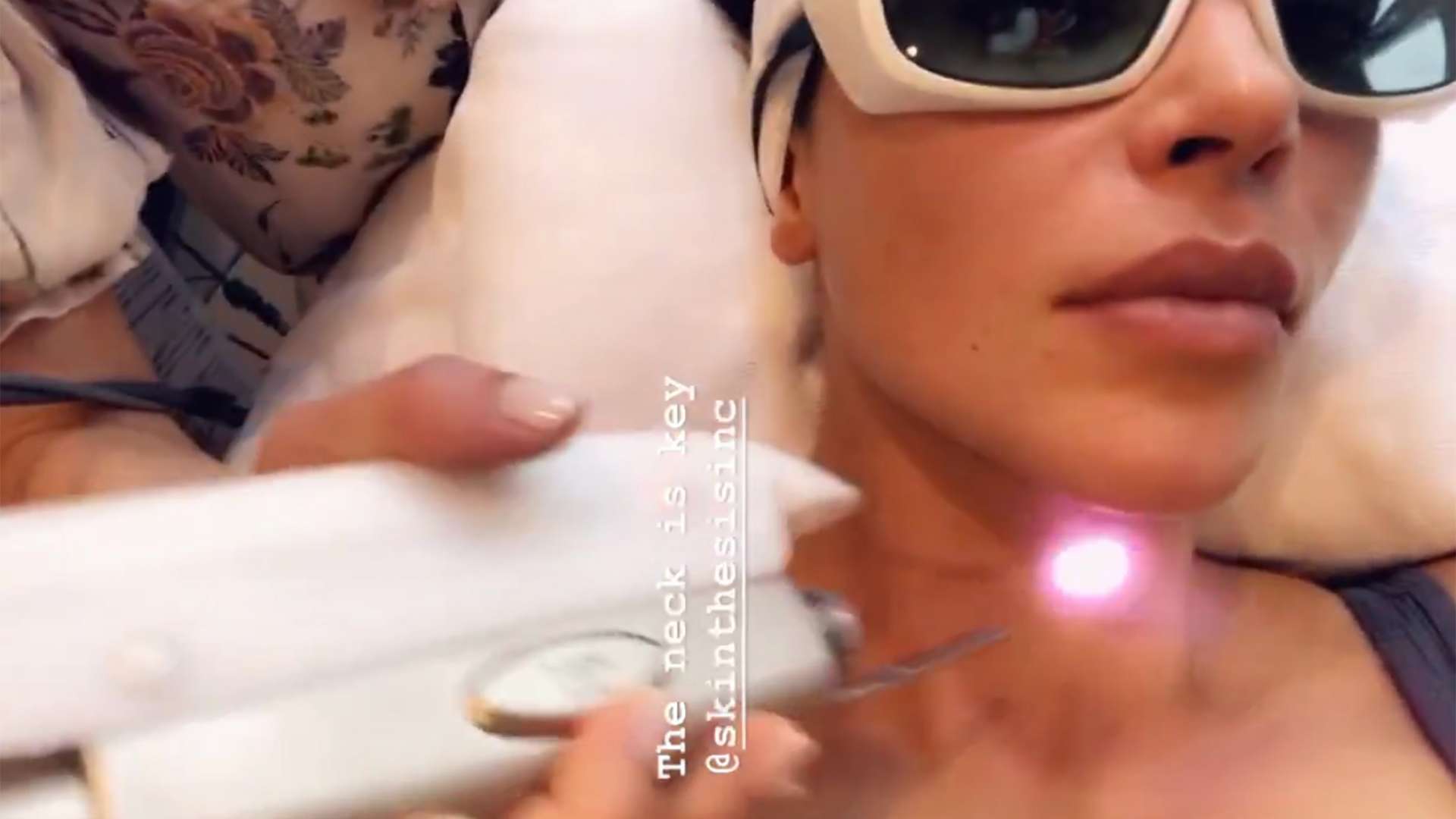Side Effects And Safety Of Laser, Radio-Frequecy & Needling Devices
RADIO FREQUENCY DEVICES
Radio Frequency devices are used to rejuvenate the skin, improve collagen and reduce fat by targeting fat cells causing them to be absorbed by the body. The applicator is in contact with the skin and requires application of gel during treatment. FACELAB also has contactless devices that target the deeper fat layers.
The treatment area(s) will be exposed to various degrees of heat and you may experience intense heat. Completing a full treatment series involving 2-5 sessions spaced at 7-10 days apart is necessary to maximize treatment efficacy.

Risks and complications specific to Radio Frequency Devices:
The General Risks that are common to all cosmetic procedures described below also apply to Radio Frequency Devices, but there are also some specific risks that include the following: Erythema (redness) and/or Dryness;reduced thermal sensation, hypersensitive skin, or impaired blood flow; heat injury to the tissue surrounding a metal-containing IUD;although unlikely, skin burns or blisters may occur due to excessive exposure;and increased menstrual flow in women receiving treatment to the lower back, pelvic area or thighs;
Contra-indications to the use of FR Devices:
Pregnancy and breastfeeding;
Pacemaker or internal defibrillator;
Any active or non-active metal implants, including dental implants that are inserted into the cheekbones, but excluding standard dental implants;
If any of the above applies to you, you must inform your clinician immediately as the relevant or affected areas must be avoided, or you may not be suitable for the treatment altogether.
LASER & INTENSE PULSED LIGHT (IPL)
A laser is a beam of light with a specific wavelength. Some wavelength can only be absorbed by very specific cells, pigments, hair follicles, vessels, bacteria or structures of the skin, causing them to be either stimulated, heated, denatured, or destroyed. Biomedically engineered parameters of how the laser beam is delivered (width, duration, pulsing, and fractioning) allow the clinician to also control the depth and target very specific structures for a specific effect.
IPL’s are also based on light absorption, but do not offer the same level of control as lasers and are more likely to result in collateral damage. IPL’s may be suited or desired in some situations.
Risks and complications specific to Lasers and IPL’s:
The risks that are common to all cosmetic procedures described below also apply to lasers and IPL’s, but there are also some specific risks that include: redness, peeling, increased or loss of pigmentation of the skin, and dry or sensitive skin. There is also a risk to your eyes so it is critical that you wear and do not remove the fitted eye protection, and try to keep your eyes closed.
Contra-indications to the use of Lasers or IPL’s:
Pregnancy and breastfeeding;
The use of ACCUTANE /Roaccutane or similar medications (often used for Severe Acne) in the last 6 months;
Recent and planned sun exposure;
Any laser or IPL in the last 21 days on the same area;
History of Keloid formation;
Certain medication which are photosensitive to light (please check with your doctor);
Autoimmune diseases, Lupus, Vitalago, Epilespy, Scleroderma;
Active Cancer(current receiving Chemotherapy or radiation);
Heavy smokers (healing times are longer);
When specifically treating vessels: diabetes or a history of scarring or poor wound healing;
When specifically targeting deeper tissues (tightening or fat reduction): any implanted foreign body (joint replacement, mesh, clips, orthopedic repair hardware) underlying the intended treatment area; blood disorder; keloids or scars in the treatment area; hernia, rectus diastasis (separation of muscle in the abdomen), or aneurysm; metabolic disorder;
For more info visit here:thread lift melbourne
If any of the above applies to you, you must inform your clinician immediately as the relevant areas must be avoided, or you may not be suitable for the treatment altogether.\
Laser Treatment of Acne
Acneoccurs when the pores on your skin become blocked with oil, dead skin, and/or bacteria. Each pore on your skin is the opening to a follicle. The follicle is made up of a hair and a sebaceous (oil) gland. The oil gland releases sebum (oil), which travels up the hair, out of the pore, and onto your skin.When the pores become blocked, infection/pus can accumulate causing ‘pusy acne’.
FACELAB offers a laser acne treatment protocol that provides a truly comprehensive solution to the problem of acne. FACELAB’s precisely controlled Nd:YAGlaser light safely penetrates into skin to effectively target overactive sebaceous glands and reduce the risk of developing new acne inflammation. In addition to its thermal penetration effects, the Nd:YAG acne laser treatment also accelerates the healing process and stimulates collagen remodeling, an important step in the long-term treatment of acne.
Laser Hair Reduction
FACELAB utilizes revolutionary laser technology to effectively target hair follicles resulting in hair removal treatments considered by many of the top experts in this area as the best among the numerous technologies currently available.
Physiology of Hair:
Hair grows in 3 different stages and the only time the hair follicle can be destroyed is when it is in the Anagen (growing) stage. The duration of the hair cycle and the percentage of hair in the Anagen phase is different for all areas of the body, which affects the number of treatments required.
The depth of hair follicles varies throughout the body. Age, ethnicity, metabolism, medications and changes in hormones affect the location, resilience and thickness of hair. These factors influence the success of laser hair removal and multiple treatments are required to eliminate or reduce the amount of hair in treated area;
